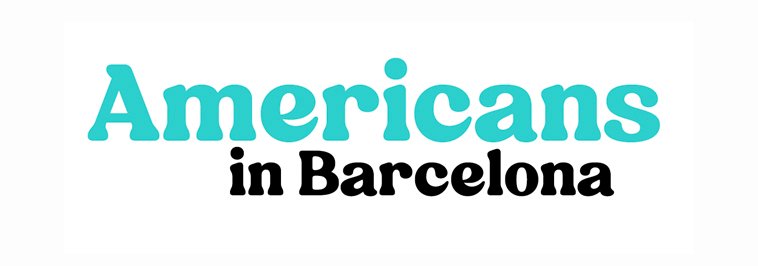“… And finally Sant Jordi defeated the dragon from whose blood grew a rose”. You probably have heard about Sant Jordi’s legend and the huge national celebration every April 23rd. But today we want to focus on one of the elements that shapes the famous legend: the DRAGON (and dragons in Barcelona). Because it is actually one of the most famous mythological figures in Catalonia (if not the most!)
It is said that Barcelona is the city with the most dragons per square meter. And actually the dragon has become a national symbol in the country. So let’s explore this dragon’s journey that turned the beast into one of the most recognized Catalan icons…
Dragons in Barcelona: the dragon as a myth
The first image of a dragon came with the Phoenicians around 600 BC. Later on, the greek and roman civilizations also adopted this figure, but a bit different than we know it today, in aesthetic terms. They were actually giant snakes who lived where the world ended. In the classic Greece, Agamenon or Perseo were the ones who confronted dragons and other mythological monsters.
In the Middle Age, we start to find an interpretation linked to the Christian religion: dragons were the evil’s representation on Earth. So this is why they decided to put the figure of a “Saint” on the mission to overthrow those beasts. “Sant Jordi” might ring a bell ;)
The dragon: a beast or a divinity?
Here is an interesting fact: overtime the figure of this fantastic animal has been adopted by different cultures with really different meanings. It has been a crucial figure to explain stories overtime and to give meaning to the most diverse concepts. And as a result, we find how the interpretation of the dragon in Asian cultures has a totally different symbology: in China, for instance, dragons have a really rich and complex symbology all around prosperity, fertility and wealth. Dragon is a divine figure.
Why is the dragon so present in the Catalan culture?
The truth is that there are a bunch of legends of dragons all around Catalonia. Each of those dragons has its own story and physiognomy, and all of them are linked to the local hero who actually defeated it. So even though Sant Jordi’s legend is the most popular in Catalonia, there are other “Sant Jordis” and “dragons” distributed throughout the country:
- Estany de Banyoles: a dragon defeated by Sant Mer or Sant Martirià
- In the mountain of Sant Llorenç de Munt: a dragon defeated by Guifré el Pelós (a legend older than Sant Jordi’s, since this one dates from the 9th century).
- Vallfogona: a dragon defeated by the Cavaller dels Miralls.
- Castell de Vilardell, located in Sant Celoni: a dragon that was defeated by Soler de Vilardell.
- Collserola: a dragon defeated by Cavaller d’Olorda.
- Tossal de Llívia: a dragon defeated by the Cavaller de Llívia.
- And finally, a dragon in the peak of Canigó, defeated by Sant Guillem.
So we don’t really have a specific answer to the question “Why is the dragon so present in the Catalan culture?”. But we can state that the many references in the country about dragon’s legends confirm that these beliefs (which considered dragons as evil beasts) were directly linked to the Catalan peoples during Middle Ages.
Dragon sculptures in Barcelona
Almost 400 dragon figures are distributed in Barcelona. And you can spot them in the most diverse forms and locations: hanging on a building, on entrance doors, on ancient walls in the Gothic quarter… Here are the most famous representations of dragons in Barcelona:
A dragon on the facade of Casa Batlló
This representation is one of the most iconic. Antoni Gaudí reflected the legend of Sant Jordi on the Casa Batlló facade. So pay attention when you stare at this iconic building: do you see that peculiar roof? It is Gaudi’s representation of the dragon (and near him you can also spot the representation of other figures of the legend ;-))

A colorful dragon in Park Güell
There is not much to say about this globaly famous dragon (or salamander) which welcomes you at the entrance of Park Guell. A lovely creature in this case? ;-)
Sant Jordi and the dragon in Palau de la Generalitat
Dragons appear also in institutional buildings. For instance, in Palau de la Generalitat. In this case, it is a representation of Sant Jordi defeating the dragon.
A flying dragon in La Casa dels Paraigües
This is probably one of the most oriental representations of the dragon in Barcelona. You will spot them hanging from a wall in La Rambla. And to be specific, it belongs to the shop “La Casa de los Paraguas”, which has become an icon specially because of this dragon figure.
Dragons in Parc de la Ciutadella
Can you spot the dragons in Parc de la Ciutadella? It is placed right in the fountain cascade.
So now that you know the importance of the mythological figure in the Catalan culture (and that there are actually 400 dragons in Barcelona) here is a spontaneous plan to do in Barcelona: going dragon hunting in Barcelona ;-)


